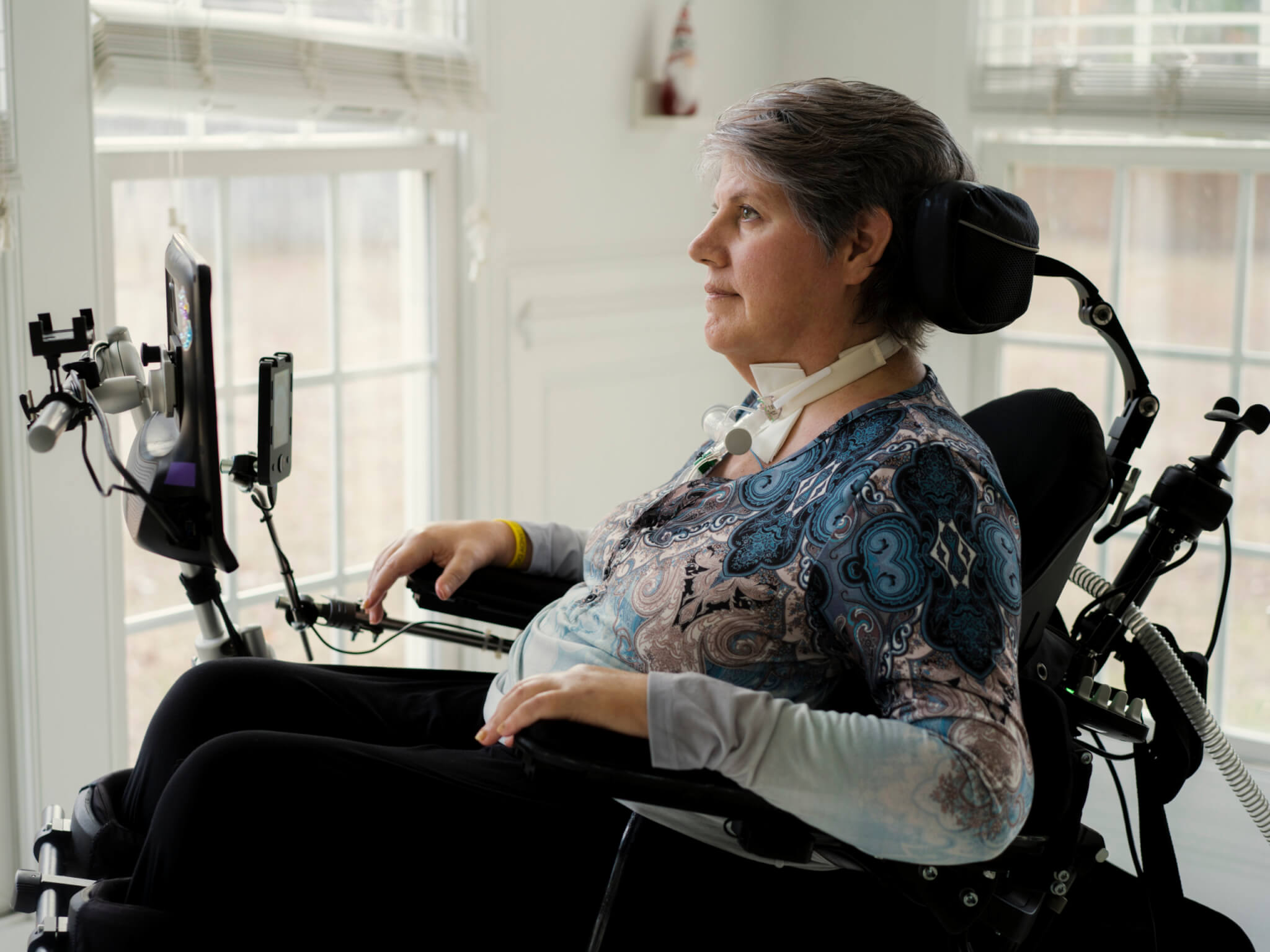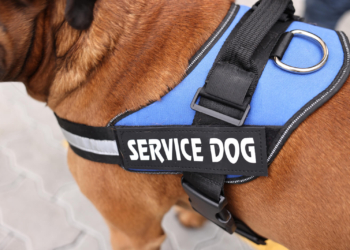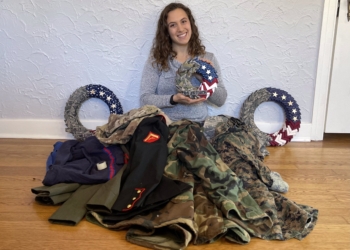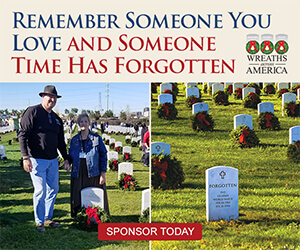Shelly Hoover said her biggest takeaway from five years in the Navy was that her body and mind were far more capable than she had ever realized.
The early-in-life timing of that lesson proved fortuitous. Almost 25 years after leaving the service, Hoover was diagnosed with Lou Gehrig’s disease, also known as amyotrophic lateral sclerosis or ALS. She has no functional movement from the neck down, needs full-time nursing care and uses a trachea, ventilator and feeding tube. She also lost verbal and manual abilities, instead using assistive technology controlled by her eyes.
But she continues to defy the odds against her, living nearly 10 years with the disease despite being told to get her “affairs in order” when she was first diagnosed.
While living with ALS, Hoover attended law school, published two novels, co-founded a durable medical equipment company tailored toward veterans and advocated for service members impacted by the progressive illness.
“I stay productive to avoid feelings of depression. I grieve my losses as they come and return to gratitude as soon as possible,” Hoover wrote in an email. “Gratitude and being present in the moment are key for my mental health. But, that’s true regardless of ALS, right?”
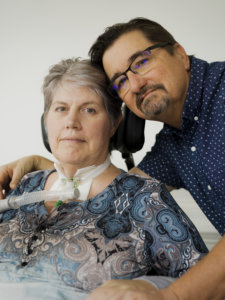 One of many
One of many
Hoover isn’t the only military veteran dealing with an ALS diagnosis. Studies have shown that veterans, in fact, are twice as likely as civilians to develop the neurodegenerative disease that progressively steals the ability to speak, move, swallow and even breathe.
“There are no definitive answers as to why,” Hoover said. “Some theories include toxic exposures and TBIs.”
It’s so directly tied to military service, the U.S. Department of Veterans Affairs recognizes ALS as a service-connected disease, according to the ALS Association.
No matter its origins, Hoover advocates for veterans living with the disease via ALS-related charities. She wants more military families to readily recognize the early signs of Lou Gehrig’s, including muscle twitches in the arms, legs, shoulders or tongue, abnormal cramps, muscle stiffness and tightness, muscular weakness, slurred and nasal speech and difficulty chewing or swallowing.
“If you start to lose function or experience unexplained weakness, don’t delay,” Hoover said. “If it is ALS, there are new treatments that may slow progression.”
See the world
This path isn’t one that Hoover, 57, ever saw coming as a young sailor. She joined the Navy in 1983, working in the now-defunct position of data processing technician.
“I was seeking adventure outside of my small Midwest town, and I needed a way to pay for college,” she wrote. “I’ve always felt proud to have served my country.”
Hoover eventually married, earned a doctorate in education and raised two children in the California suburbs. A public school teacher and administrator, Hoover was also in excellent physical shape. In 2012, she and her husband, Steve, discovered they would soon be grandparents.
Life was good ― but then came the struggles with balance. In 2013, Hoover received her ALS diagnosis. The average ALS survival time is only two to five years, but Hoover has more than doubled that top end.
“ALS is an ugly, brutal disease that people don’t want to discuss,” Hoover said. “What we can do is continue to press the DOD and armed services to search for a cause to avoid future casualties.”
To that end, Hoover attended law school for two years. The grandmother of five slowly typed every assignment with her eyes. These days, she’s switched focus to writing her third novel from her North Carolina home, but she still finds time to volunteer for a patient-led organization called I AM ALS while chairing their veterans’ team.
And she dreams of a cure for the disease that has ravaged so many lives.
“Lasting change happens when a committed group of citizens stand up and say, ‘We will not allow this to continue,’” she said. “What you allow is what will continue ― this is the basis of my advocacy work.”
Read comments

